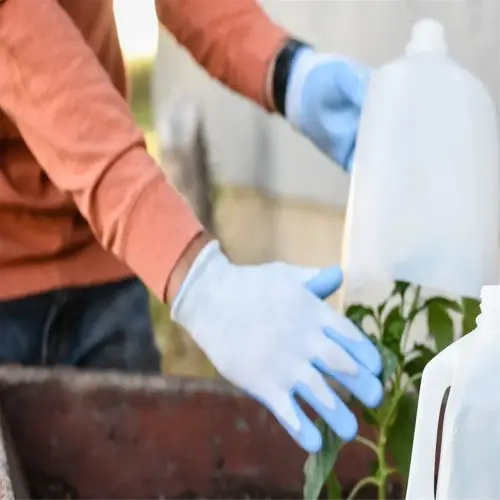What materials should never be used in raised beds?

Written by
Benjamin Miller
Reviewed by
Prof. Charles Hartman, Ph.D.When filled with unsuitable materials, raised beds fail. I have taken apart raised beds that were filled with gravel bases, leaving carrots submerged and rotted, or filled with fresh manure which burned tomato roots. Three clients of mine lost the entire summer season because they placed plastic sheeting over them, which ended up strangling squash vines. The materials you choose can ultimately determine if your soil health thrives or is detracted from.
Gravel/Rocks
- Problem: Creates perched water tables
- Alternative: Coarse wood chips (last 3x longer)
- Fix: Remove gravel, add 4" wood chip base layer
Untreated Wood Waste
- Problem: Steals nitrogen during decomposition
- Alternative: Aged hardwood chips (2+ years old)
- Fix: Apply blood meal (1 cup per 10 sq ft)
Plastic Sheeting
- Problem: Blocks root growth and gas exchange
- Alternative: Cardboard (biodegrades in 6 months)
- Fix: Punch 1" holes every 6" if already installed
Fresh Manure
- Problem: Ammonia burns plant roots
- Alternative: Composted manure (aged 6+ months)
- Fix: Flush soil with 20 gallons water per sq ft
Before you use test materials, check them. Soak the wood chips in water for two days; if they sink, they'll compress. Rub cardboard together in your palms; if it disintegrates, it's suitable for use. After we replaced plastic with biodegradable jute mesh at $0.30/sq ft, a client's kale performed well.
Sustainable alternatives can help combat unique problems in the long term. Composting modifies soil structure without depleting organic matter, while a pile of aged wood chips allows control of pH. Don't take a shortcut. One gardener's "free" construction debris brought in termites and destroyed 12 beds. You can have better quality materials and yield 30% more produce with less than 50% pests.
Read the full article: 7 Expert Tips for Perfect Raised Bed Soil Every Time

